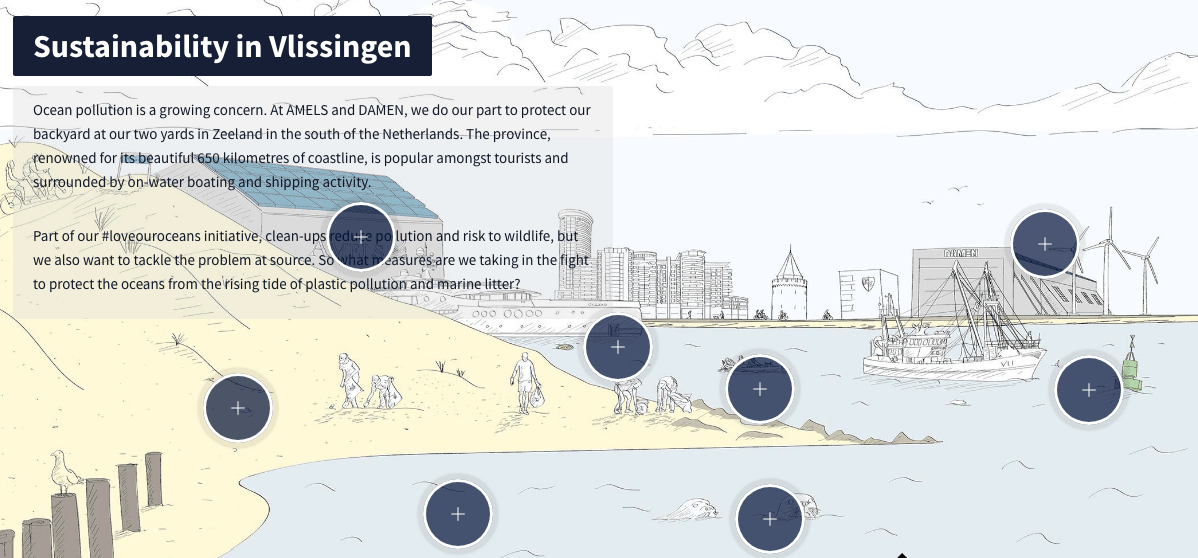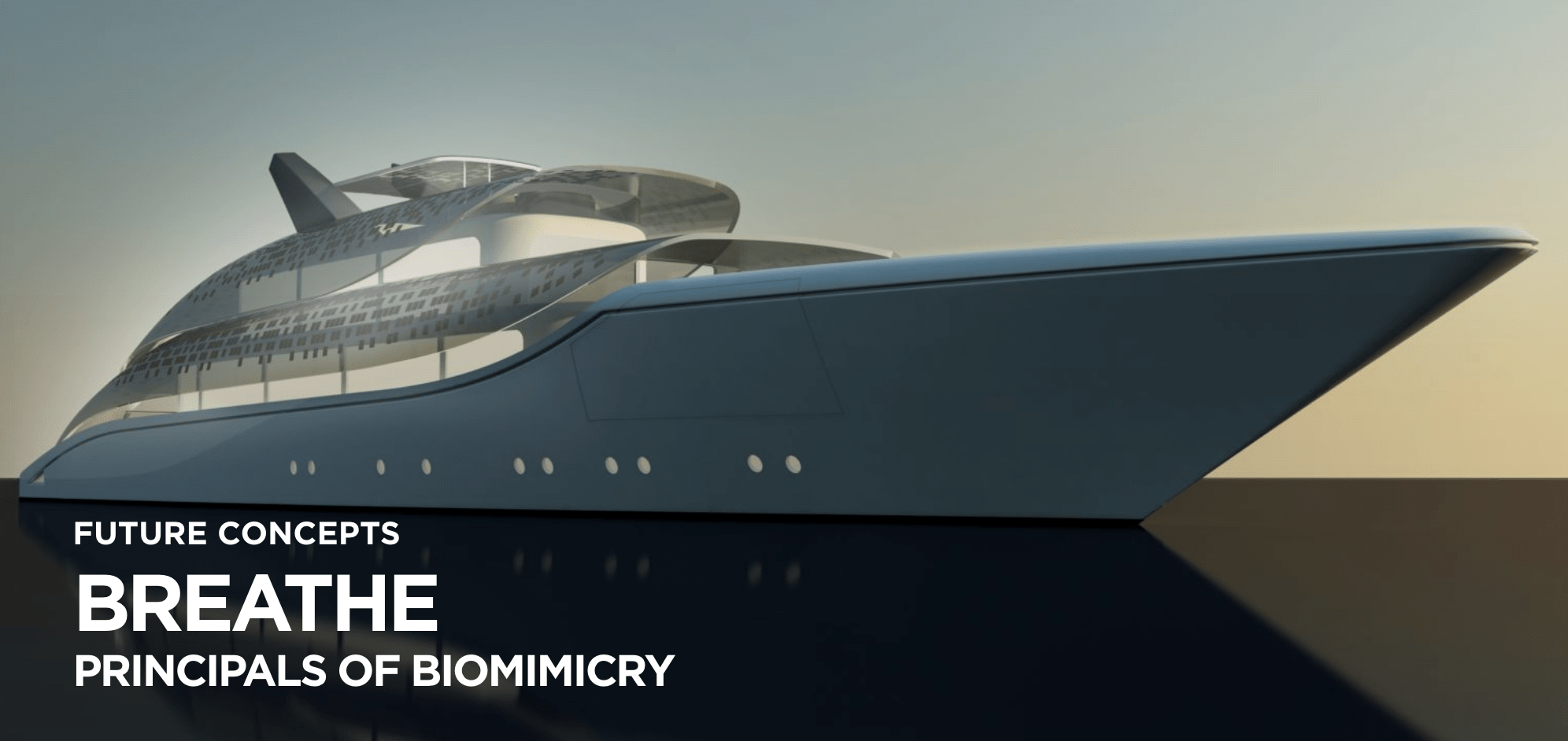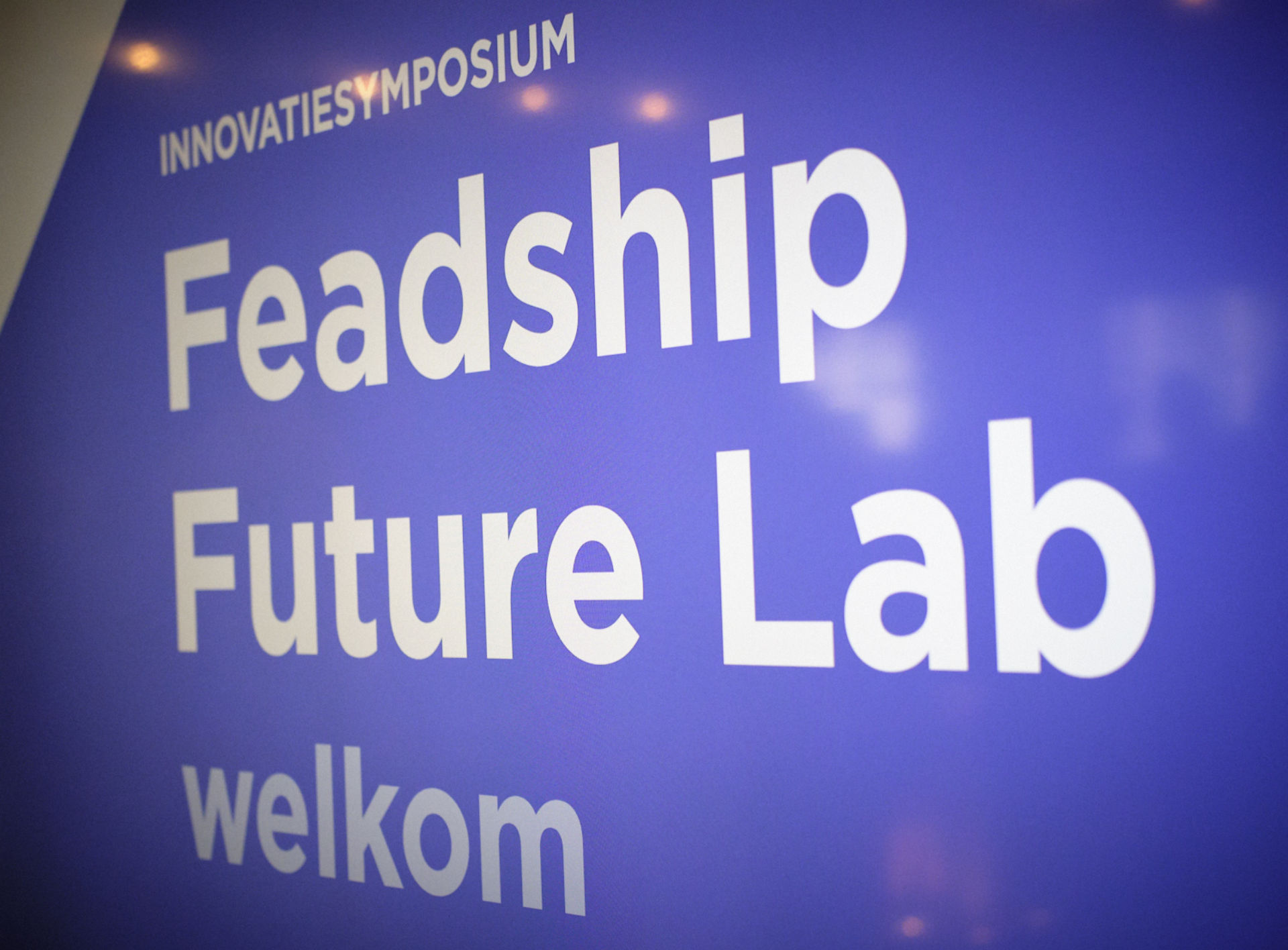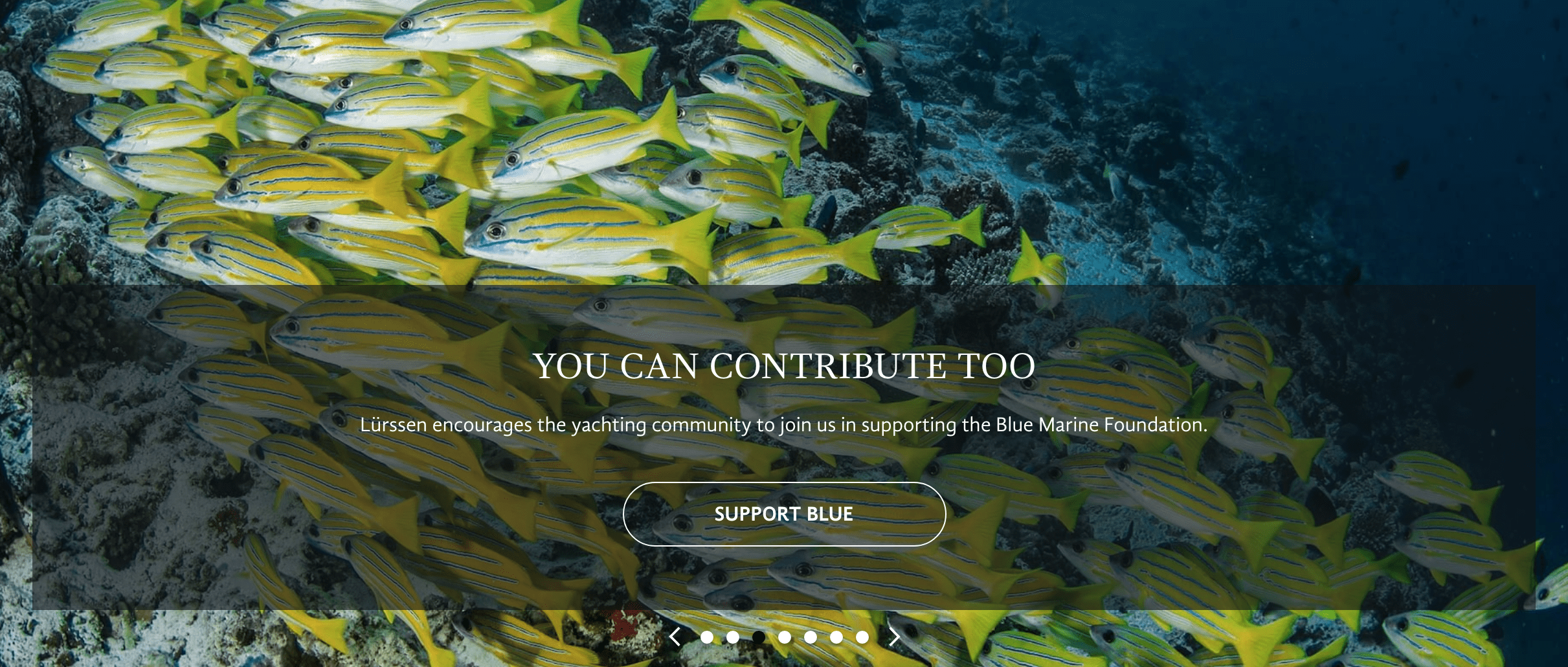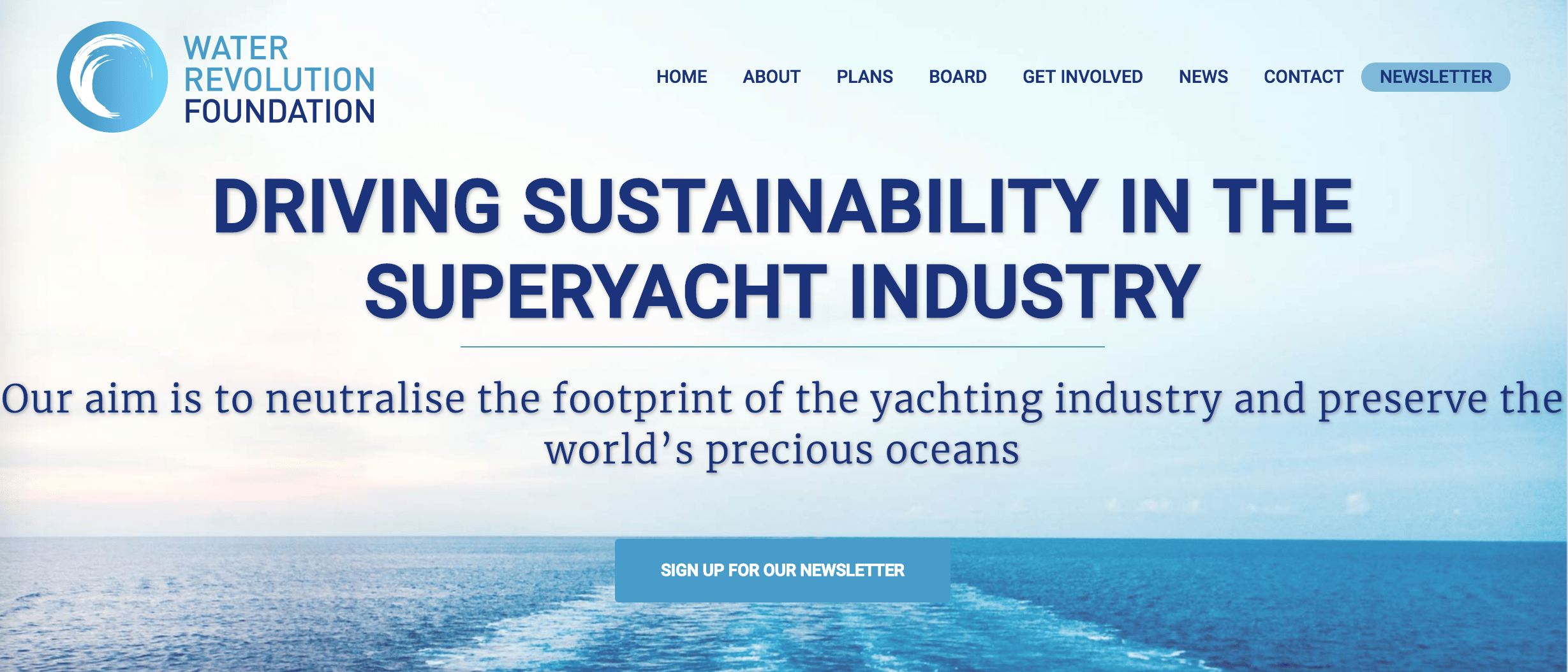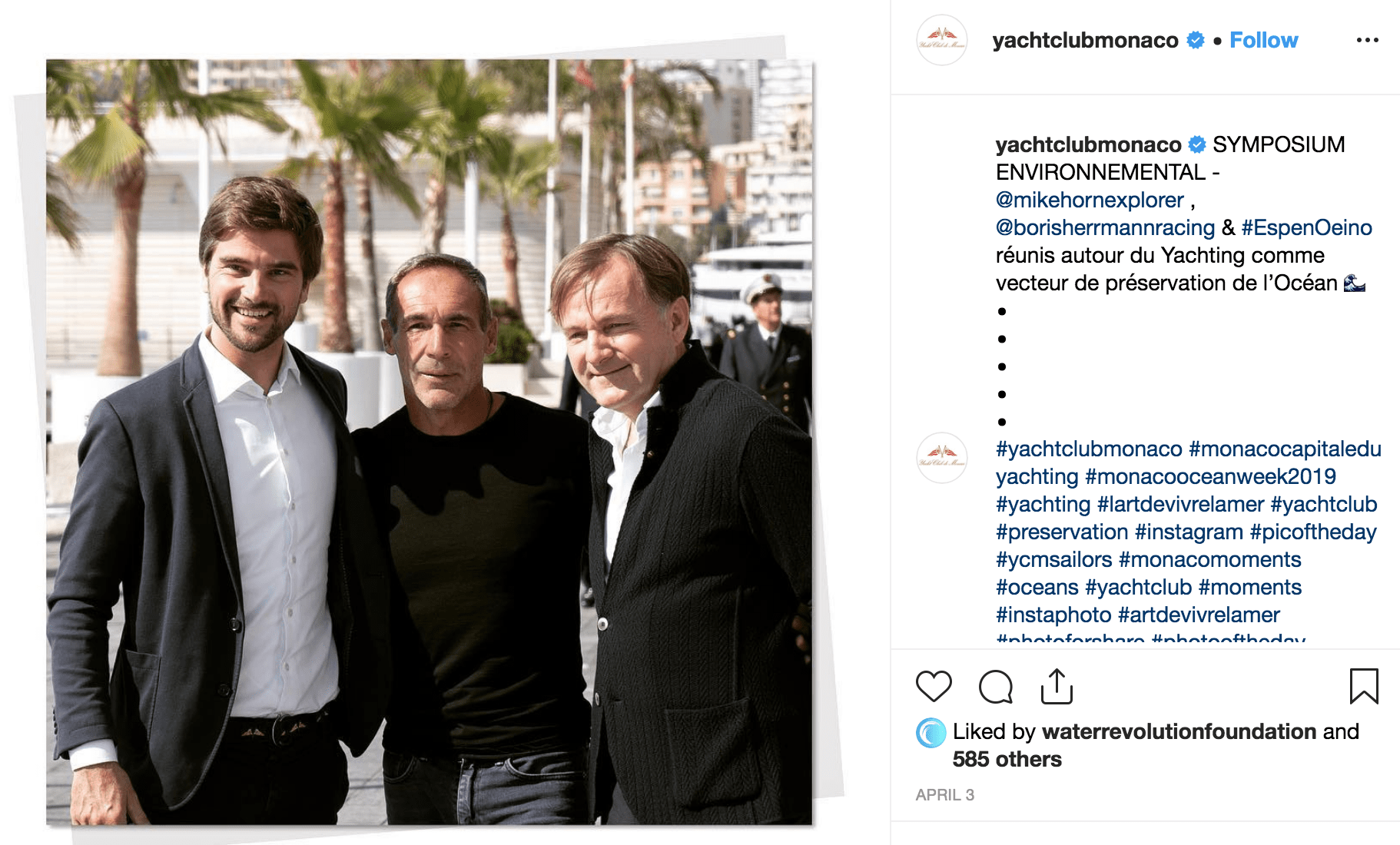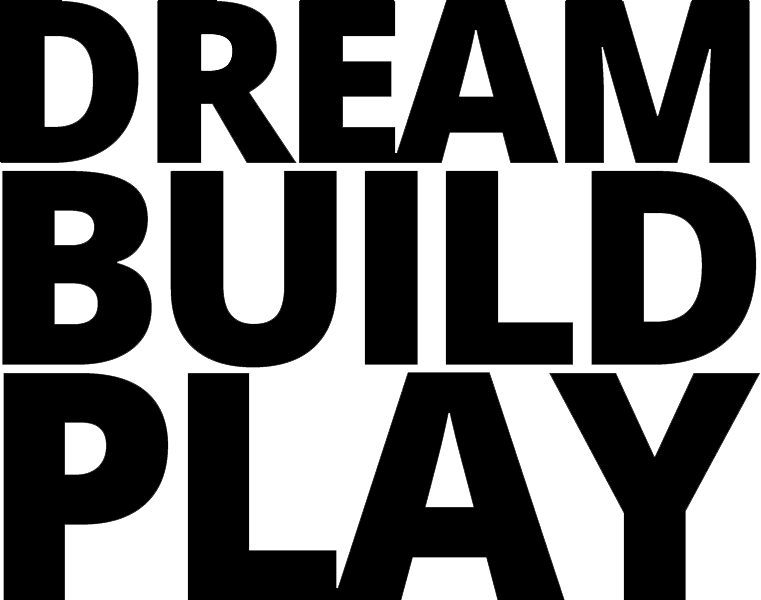
Can the yachting industry reduce its carbon footprint
and environmental impact?
I recently published two blogs about what we all, especially yacht owners and professionals in the yachting industry, can do to help preserve our oceans. They are our playground, and for many also, our livelihood. So what can we collectively do to make yachts and yachting more environmentally friendly? In this blog, I highlight some existing examples of yachting industry initiatives on the builders’ side. My next blog will look at what individuals are doing.
Several shipyards have made sustainability and environmental improvements a major part of their corporate culture, product, and communication. Some yards will also pro-actively encourage owners to consider more environmentally friendly build and propulsion options; not only will this help protect and preserve the waters they will cruise in, and therefore the enjoyment of yachting, but it will also help sustain the future resale value of the yacht, especially as environmental concerns are likely to become increasingly important for future buyers. Three examples of builders making explicit efforts are Amels-Damen, Feadship and Lürssen.
Amels–Damen is promoting a number of sustainability initiatives. [1] For example, they report a corporate focus on being green and more efficient, working to energy neutral goals through the use of solar panels, energy efficient LED lighting, improved insulation of the facilities, and soon-to-be installed wind turbines. In addition, the yard operates 6 recycling streams and a bicycle-friendly policy. Staff teams participate in efforts to clean up trash and plastic on the adjacent coastline and in the inner harbor. The yard also operates a floating Seabin, which filters out any floating trash and plastic. [2] Amels-Damen also sponsors “Fishing for Litter” for the local fleet of fishing boats located next to the shipyard. The Fishing for Litter initiative provides hardwearing bags for the collection of marine litter caught in nets, as well as facilitating waste collection quayside.
Sustainability has also become a core issue at Feadship, which is striving to “… build yachts in the most eco-friendly way possible and partner with owners to ensure the same applies to the operation of their Feadship.” The latest Feadship Future Lab Symposium [1] was dedicated to sustainability and brought together experts from across the Feadship group to discuss the smartest ways forward, and included topics such as how to reduce waste at the shipyards and the materials used on Feadships. In addition, Feadship staff are also working on creating an industry-wide measurement tool called YETI (Yacht Environment Transparency Index), to measure how green yachts truly are.
Feadship has also introduced a new yacht concept Breathe, which “… practices the principals of biomimicry to reduce energy consumption via natural ventilation, a hull shape and paint that are more slippery, whale fin stabilizers that generate lift, solar cells and the application of light tubes. The concept shows how sustainable development can reduce a yacht’s operating costs. A revolutionary propulsion package reduces fuel consumption by up to 40% at all speeds while being remarkably simple and deploying a minimum of components. The hull has a wedge-like shape with the center of buoyancy far aft.” [2]
[1] https://www.lurssen.com/en/about/sustainability/
[2] The Blue Marine Foundation is an organization dedicated to restoring healthy oceans by supporting marine biodiversity
The Water Revolution Foundation, [1] working to drive sustainability in the superyacht industry, is the first independent, international, science-driven, non-profit organization started from within the superyacht industry that is taking the lead to neutralize its ecological footprint and preserve the world’s precious oceans. The founders of the Water Revolution Foundation are key figures in the superyacht industry, and experts in their respective fields.
Water Revolution has identified three main pillars around which to focus its activities:
- Technology: Promote new technology and innovations to reduce the superyacht industry’s footprint;
- Policy: Pro-actively create industry’s own agenda, beyond legislative developments;
- Reinvest in ocean conservation: Look after nature for ecosystems’ vitality, human well-being and yachting habitats.
The foundation’s board has identified a number of activities it expects will make a significant impact and will deliver true value to the superyacht industry and its natural environment:
- “Be the central platform to find and promote new sustainable solutions and innovative technologies;
- Launch a scientifically-developed software tool to assess concept designs, yachts and systems, in order to measure their impact;
- Establish a new industry culture of open-source sustainability through sharing information, knowledge and best practices;
- Provide educational programs through industry-tailored sustainability-in-practice courses;
- Monitor the most impactful and reliable conservation projects to restore the oceans and advise the industry on which to support.”
In summary, there are many ways in which the yachting industry can reduce its carbon footprint and its environmental impacts on the manufacturing side, and at many different levels, including:
- The production processes at the shipyards,
- The materials used in production,
- The propulsion and other systems on board the yachts,
- Different environmentally friendly interior and exterior options for customers,
- Clear refit strategies, and finally,
- An end of life plan for yachts that are being ‘retired’.
Everyone has a role to play in this industry transition, which is crucial to its long-term strategy for growth, and communication about different ideas and initiatives can be an important way to educate people and drive further – and future – change. Start spreading the news!
Follow my journey @yachtambassador

